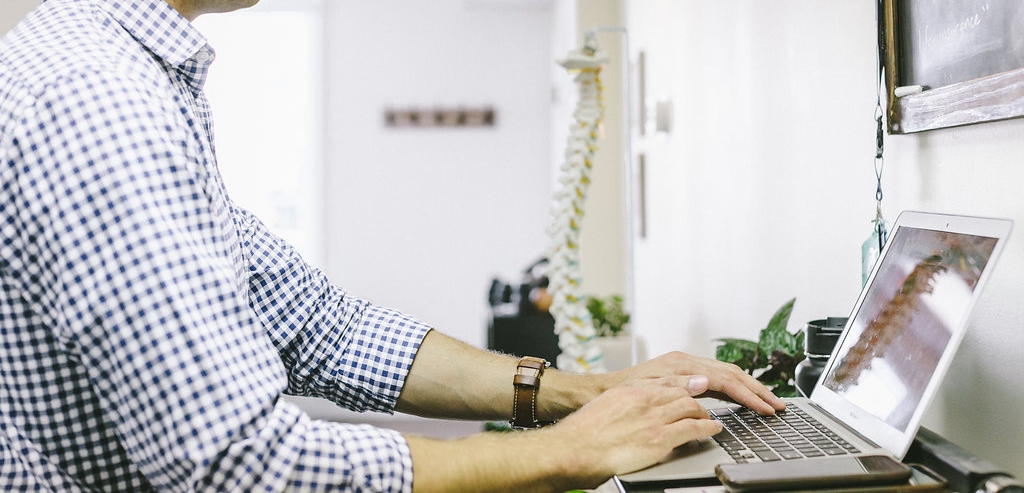
BLOG

5 Tips To Nourish You Intervertebral Discs
The intervertebral discs are the cushions between the vertebrae that make up our spine. They serve as shock absorbers and allow for the flexibility of the spine. However, they can become damaged or degenerate over time due to poor posture, lack of movement, or injury. This can lead to chronic pain and discomfort. The good news is that there are ways to nourish your intervertebral discs through movement.
Here are some tips for nourishing your intervertebral discs through movement:

Maintaining Good Spinal Health
Maintaining good spinal health through practices such as chiropractic, regular exercise, proper posture, and adequate hydration can help to promote the diffusion of nutrients into the spinal discs, supporting their health and function.

Back Pain vs Sciatica
Back pain and sciatica are two distinct conditions that can affect the lower back and legs. While they may seem similar, there are important differences between the two that can help determine the appropriate treatment.
